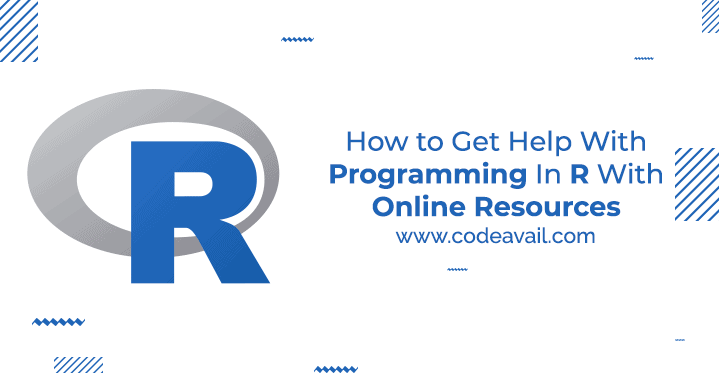Nowadays, practically every institution either has or is going to have a learning management system, including colleges and universities, coffee shops, and billion-dollar businesses (LMS). If you’ve never heard of LMSs, you may have a variety of questions about them, including what they are, why businesses use them, how they may help your business, and more.
What Exactly is a Learning Management System?
Table of Contents
Organizations of all sizes may use a learning management system as a potent tool for professional development and training throughout the employee onboarding process. As many LMS systems are housed in the cloud, remote access is possible.
To handle curriculum, training resources, assessment tools, course scheduling, regulatory compliance, and other things, an LMS integrates database management inside a digital framework. LMS development company may assist you in maintaining control over training, development, and learning while enabling you to clearly define objectives for employee performance.

How Does an LMS Operate?
An LMS is similar to your online university where you can publish, save, and create online courses that students may access through a browser or a mobile app on Desktops, laptops, tablets, or smartphones.
You may create a comprehensive corporate knowledge base from your courses, ebooks, and videos, or you can create customized learning pathways for certain employee roles or employee groups, like recruits or franchisees.
What Advantages Does an LMS Offer?
The LMS’s facilitation of knowledge growth among students or staff is its most evident advantage. Let’s explore the benefits of an LMS in more detail. An LMS first provides a location for a company to centrally store its training and development materials. The same program may be used to save, manage, modify, and remove it. The material may be created by some individuals, and courses can be updated over time to keep the information relevant.
As conventional training methods like seminars and training days have a direct financial effect on the business, using an LMS also saves money. Users of an LMS have access to their learning environment from any location. Learning may occur whenever it suits the student, at their speed, without using up business resources or costing money for travel. For big businesses that often hire temporary workers and must conduct training regularly, the use case for an LMS becomes extremely compelling. Such firms may operate more effectively with an LMS.
What Elements Make Up an LMS?

User Administration
Administrators may use this component to manage users and their responsibilities, including setting up accounts, granting access, and keeping an eye on user behavior.
Handling of Assessments
This component contains tools for designing and distributing assessments, including tests and quizzes, as well as for evaluating student work.
Tools for Cooperation and Communication
With the aid of these technologies, teachers and students may interact with one another individually or in groups and work together on tasks connected to the courses they are taking.
Analytics and Reporting
Administrators may use this component to get data and analytics on student performance, course efficacy, and other metrics that can be used to guide course design and delivery choices.
Adaptation and Integration
Several LMSs have options for customizing the user interface and branding the system to fit an institution’s identity, as well as interaction with other tools and platforms including content management systems and video conferencing software.
Examples of Learning Management Systems
Employee onboarding and training are two of the most popular applications for LMSes. Instructors may design immersive learning experiences that let learners acquire new skills and problem-solving techniques when they utilize an LMS for these reasons. An LMS, for instance, might be used to provide lessons that combine training for augmented reality (AR), virtual reality (VR), and even artificial intelligence (AI). The workforce as a whole will probably see an improvement in creativity and innovation as a result.
The usage of an LMS for sales training is another instance. This may involve onboarding and training, but it also extends to the development of product knowledge seminars, training in customer contact, and case study-based tutorials that draw on prior client encounters to enhance present interactions.
You may also like to read: Beneficial Jobs In Database Management System For Students
Conclusion
An LMS may be a flexible and economical solution to train your personnel, maintain their skill levels, and keep track of whether they fulfill their learning obligations thoroughly and on time. LMSs are a wise investment for many firms because of the varied, adaptable content and flexible pricing.


